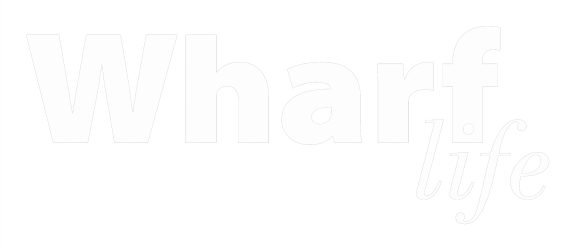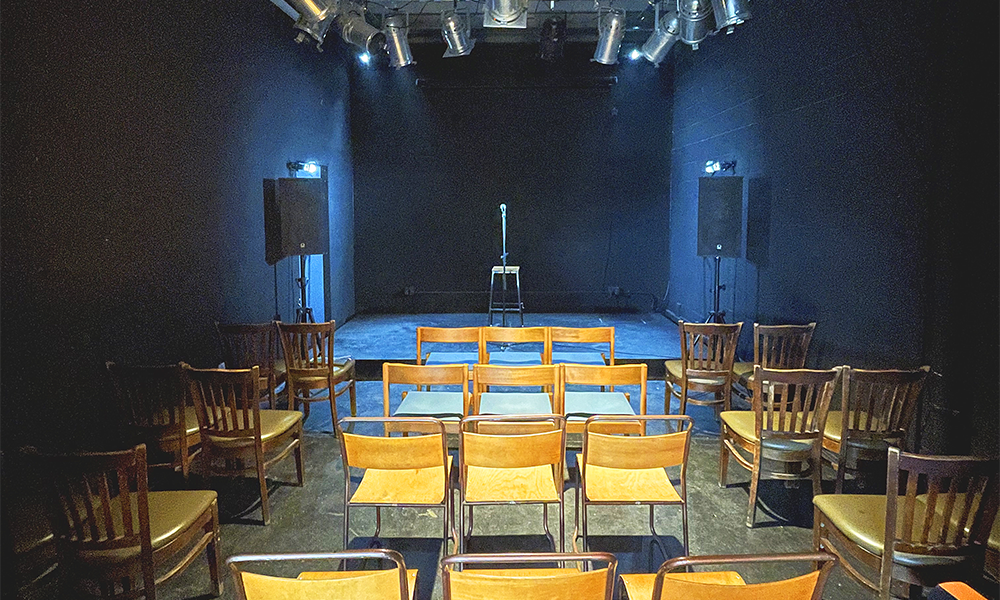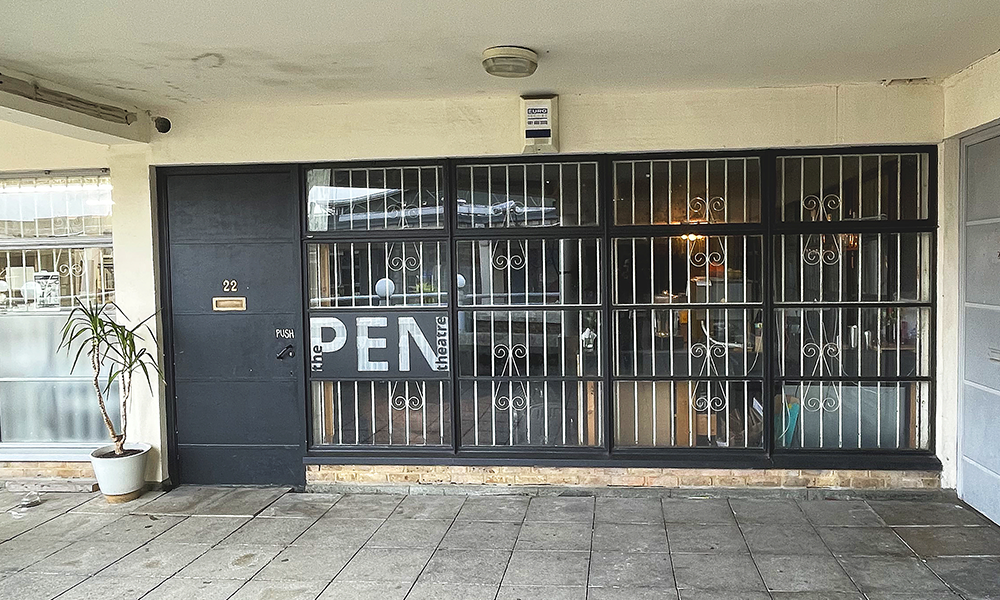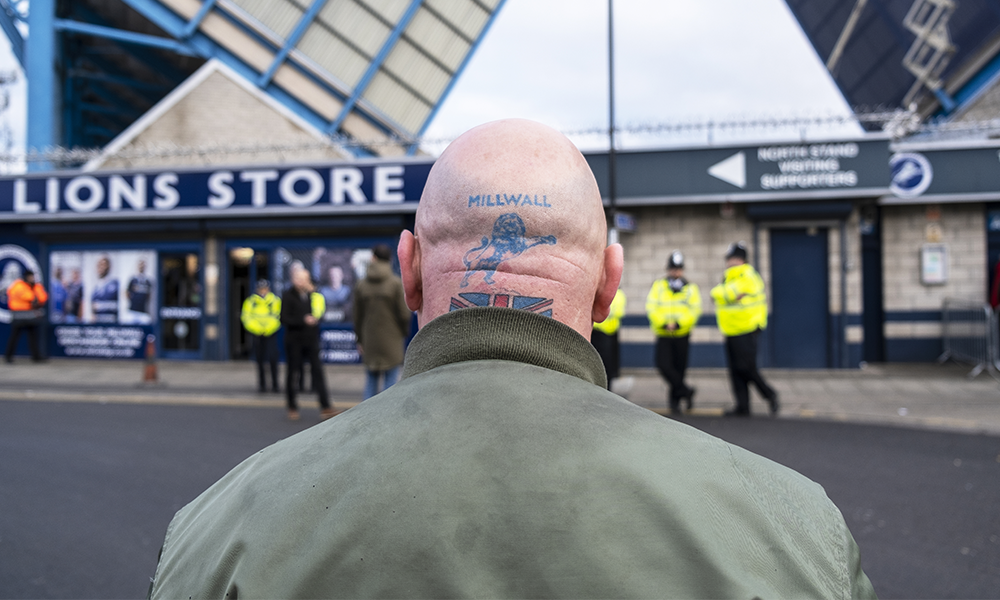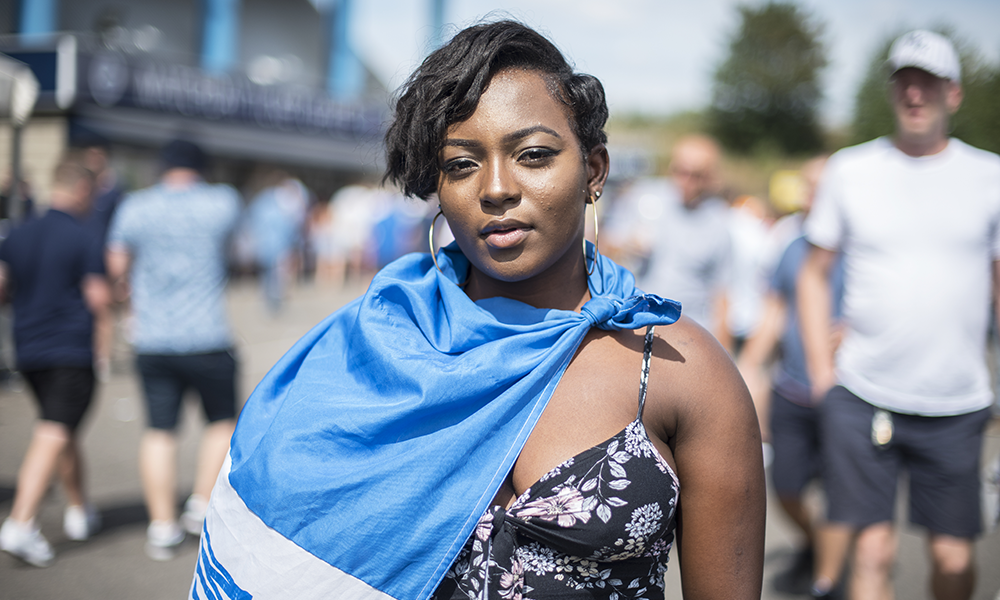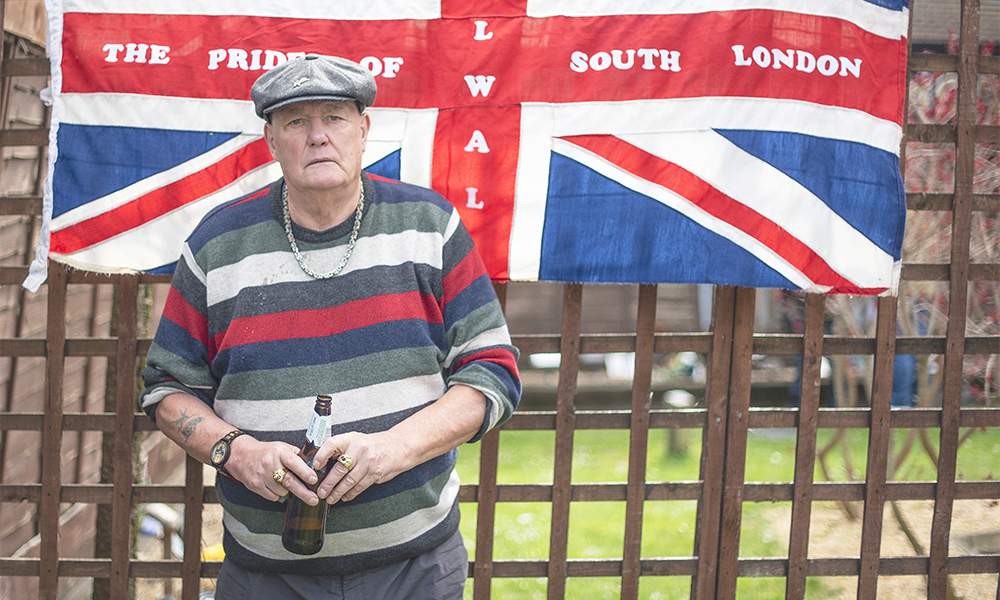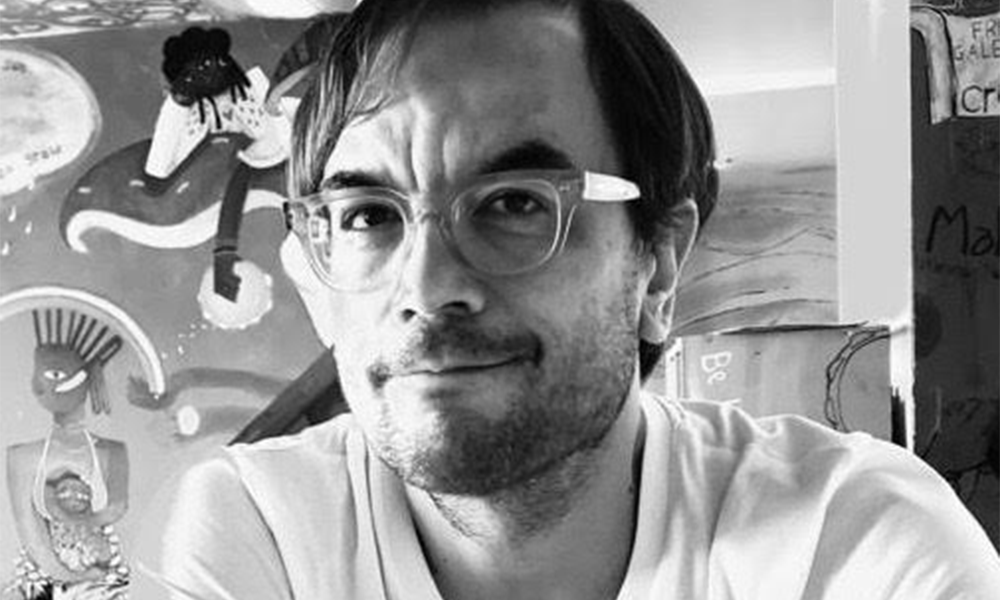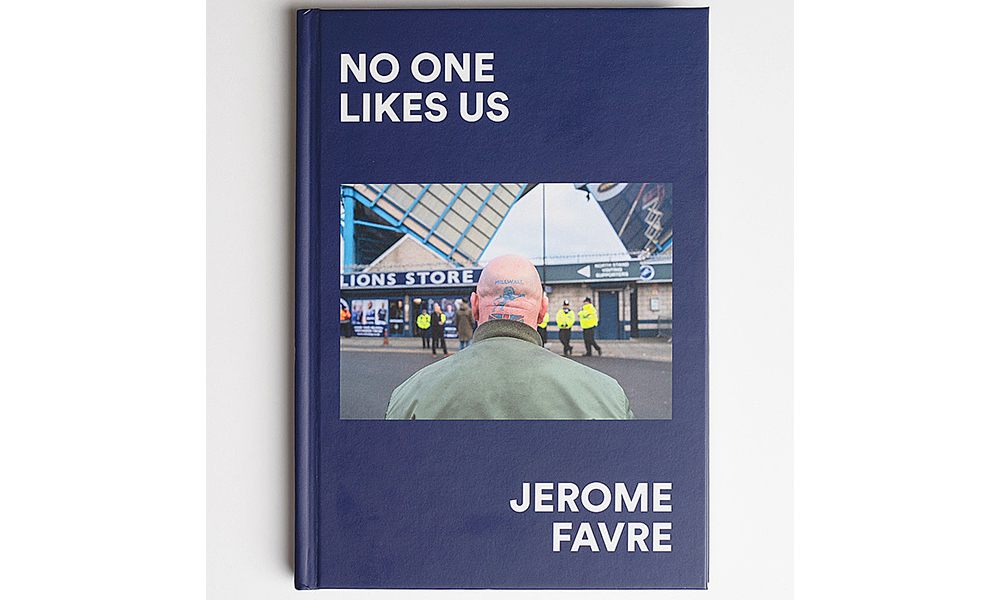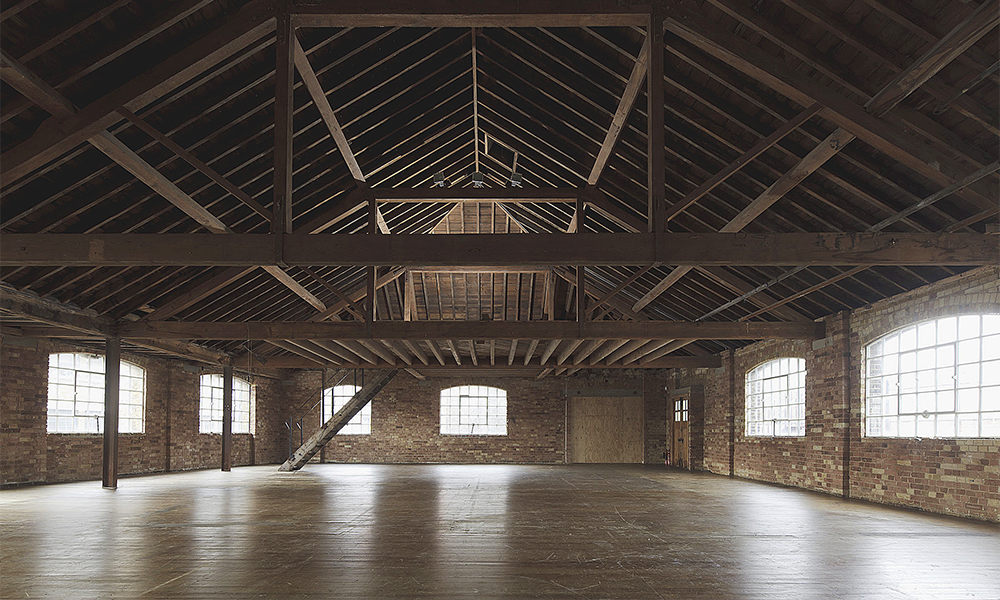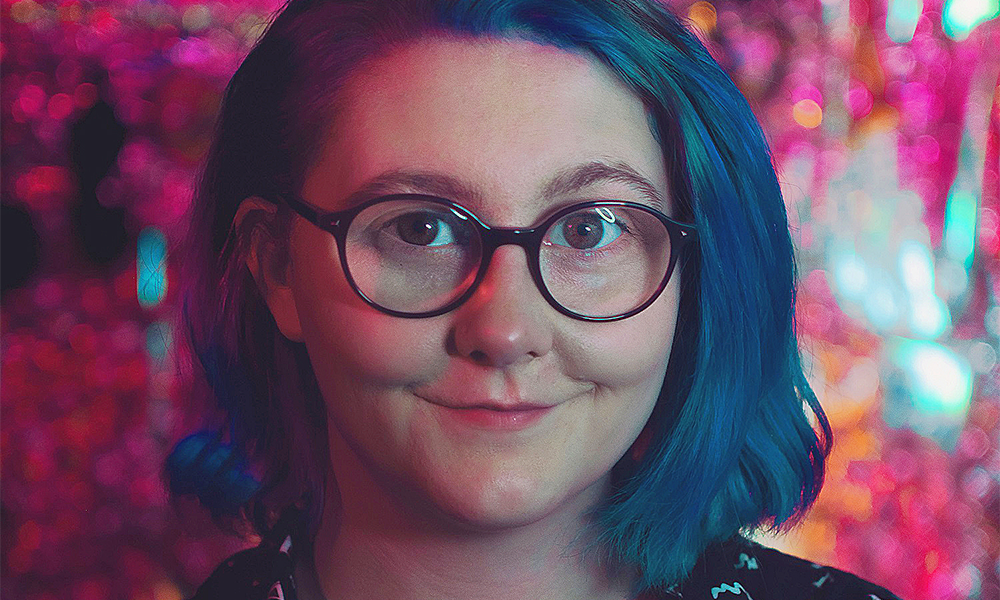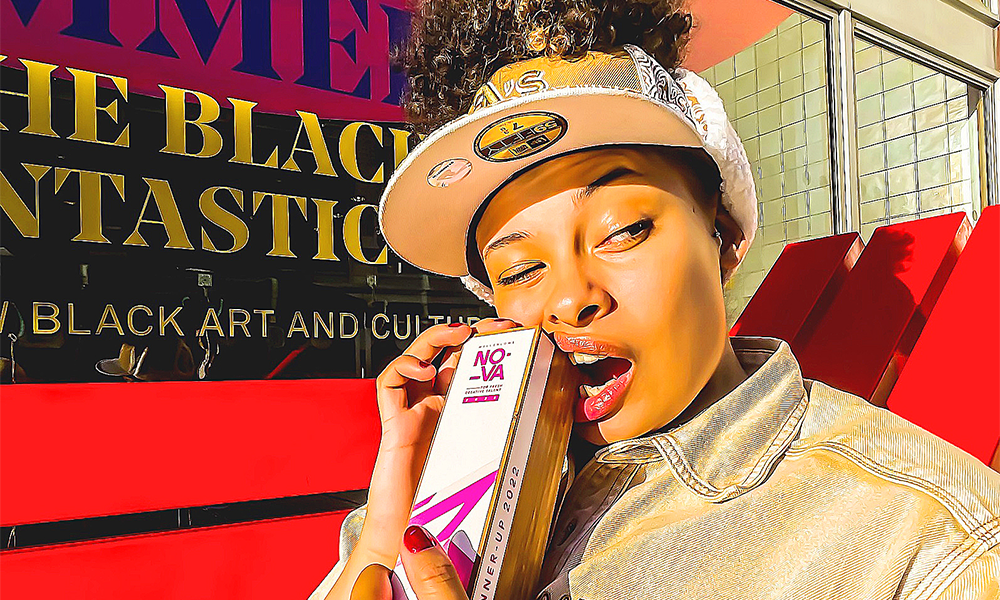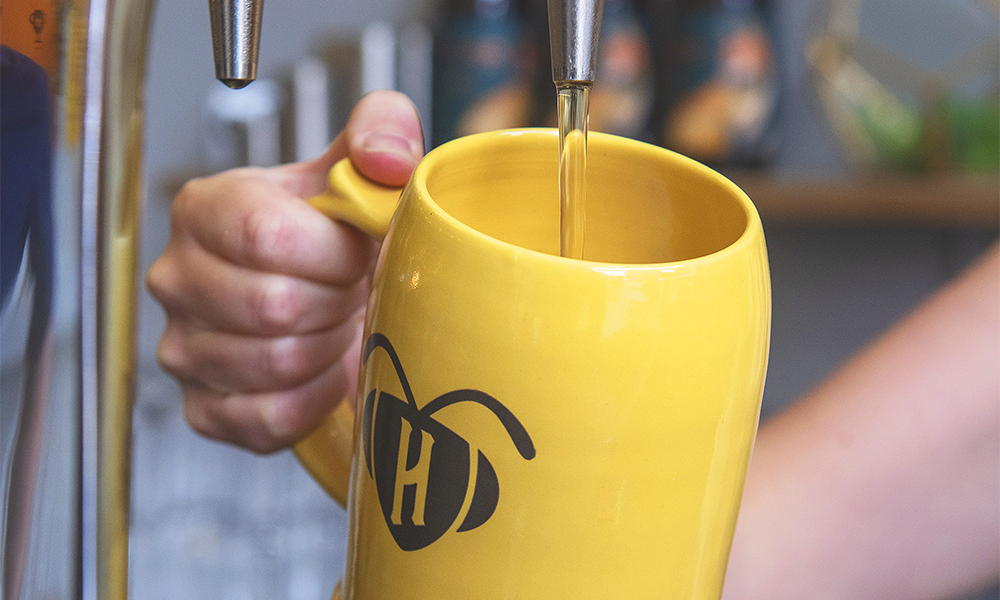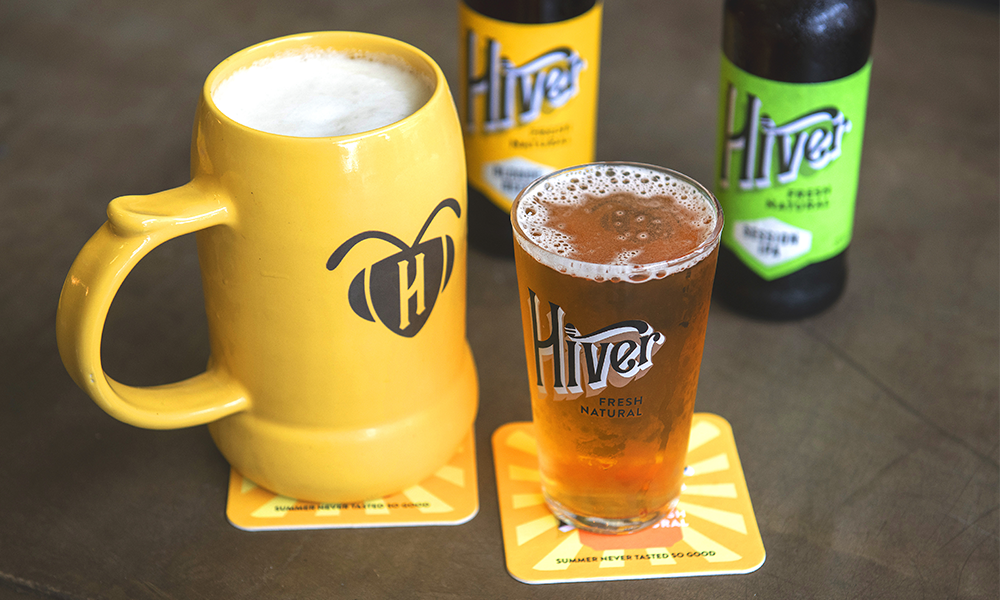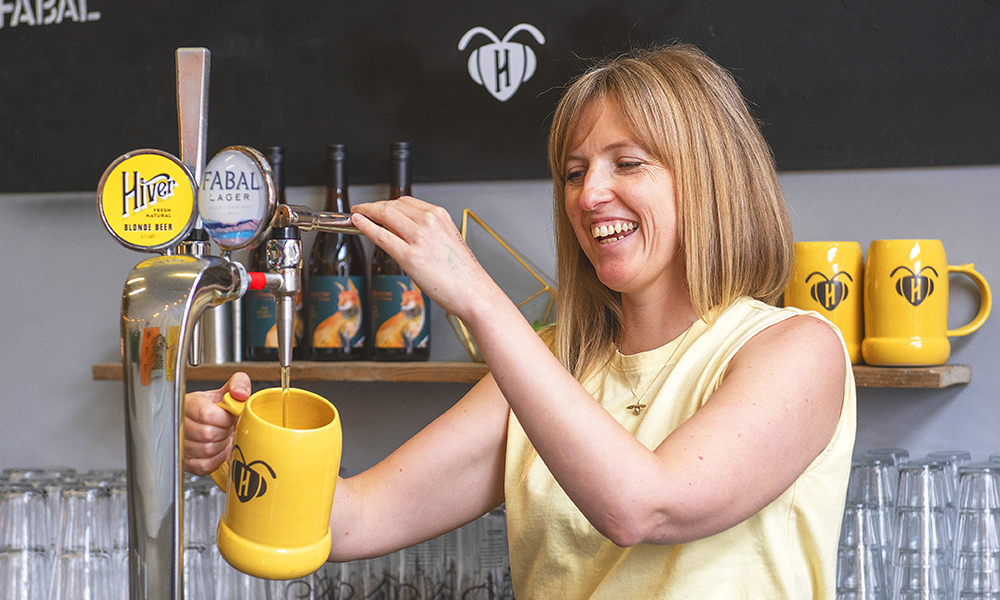Bermondsey-based designer’s recent show during London Fashion Week takes inspiration from magpies and honours her Nana’s influence
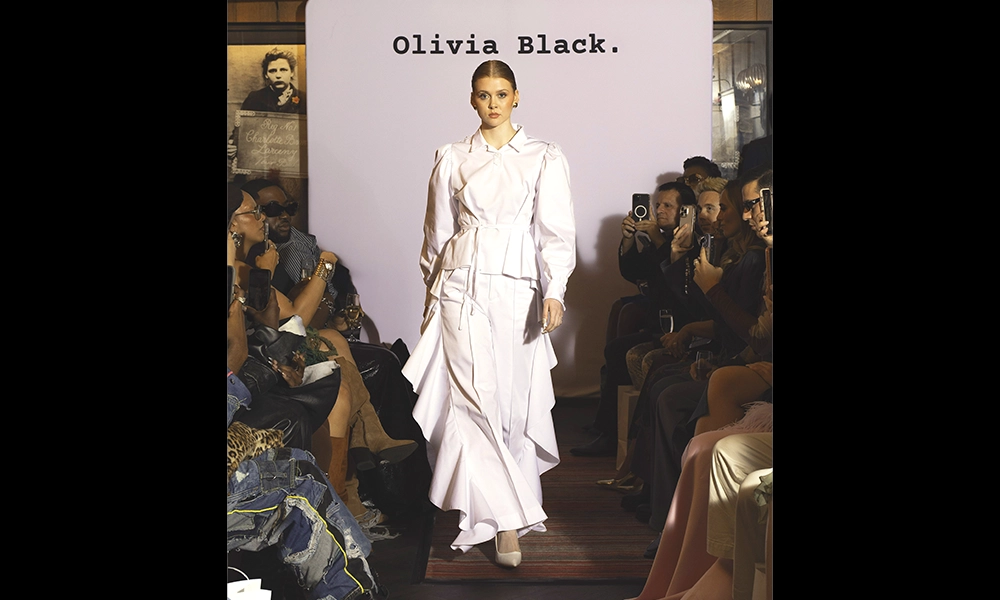
Subscribe to our free Wharf Whispers newsletter here
BY JESS MADDISON
Serendipity is the title of Olivia Black’s new collection.
Shown during London Fashion Week at The Dixon in Southwark, the Bermondsey-based designer’s latest creations take their inspiration from classic tailoring and the contrasting colours in a magpie’s wing.
But the name of her Spring/Summer 2026 offering speaks to something deeper – the chance meetings and influences that are woven through the story of her eponymous brand, all neatly held together by a safety pin motif.
“I’m from Salford in Manchester originally and I’m a twin,” said Olivia.
“Our Nana – my dad’s mum – was a main inspiration for both me and my brother.
“We were both creative growing up – always into crafts and anything art-related from a very young age.
“Nana was a bit of an artist, and had a crystal shop in Afflecks, an indoor market in the city, but she was also a seamstress and had lived and worked in London when she was younger.
“She was part of the reason I chose to study textiles at GCSE level in school.
“I fell in love with it on my own accord, but also chose it in a bid to feel closer to her, because she’d passed away when I was nine.
“My brother also kept the creativity going and has become a graphic designer.
“It’s funny how such a short period of our lives has impacted what we’ve done as adults.”

from making clothes to designing them
Olivia’s passion for making clothes saw her buying patterns from the likes of Abakhan, enjoying the “meditative process of building something from scratch”.
She went on to study Fashion Design at De Montfort University in Leicester, before moving to London for a Masters at the Jimmy Choo Academy in Mayfair in Entrepreneurship With Business Innovation And Fashion.
“I was in a class of only six students, so we got a lot of attention and that was an incredible experience,” said Olivia
“They asked questions like: ‘Where do we want to be in the market? Who do we want to be as designers? What is it that you really believe in?’.
“For me, the answer lay in sustainability and gender fluidity – all these kind of activist political statements are very much a part of who I am.
“At the end of the course you graduate with a six-piece collection, which is intended to act as the launch of your brand.
“Mine was all about textile waste and reducing what gets thrown away.
“There was lots of hand painting and use of deadstock fabrics – it was very messy and rural-feeling.
“Growing up working class and shopping in charity shops I’d always enjoyed the process of finding something old and bringing it back to life.
“We always sort of treated it like a game when we did it – who could find the best thing, the designer piece that nobody’s realised is designer.
“One of my best finds ever was a Vivienne Westwood necklace.
“It was £10, they didn’t realise it was real and I have it to this day.
“I don’t wear it because it’s too good, it’s just a nice statement piece on my jewellery stand.
“So finding fabric in that way felt natural to me at university too.
“I had all these projects using bedsheets or curtains – materials that already exist – then mixed and matched them all up.”
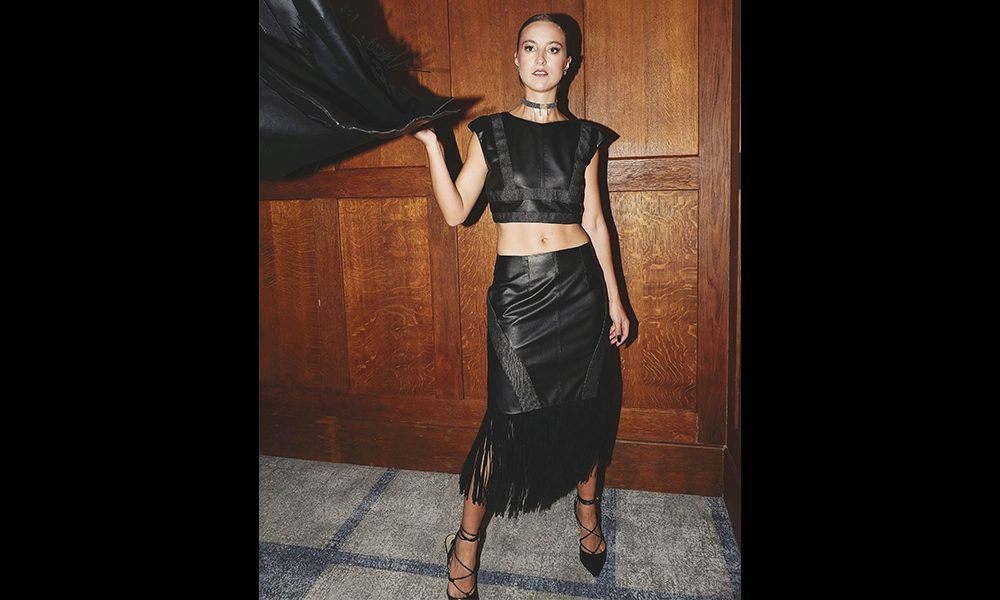
Olivia Black, building a brand
After graduation, Olivia got a job at the Jimmy Choo Academy in the marketing team before moving on to lecture at The London College Of Contemporary Arts (LCCA), all while saving money to fund her own brand.
Keen to keep the momentum going, she decided to take her collection from six pieces to 20, sticking with the same theme and adding new pieces every couple of months over two years, finding as many ways to exhibit them as possible.
“I did a lot of shows including Wimbledon Sustainable Fashion Week, I Love Fashion, a few small, local London shows,” said Olivia.
“I was offered a sponsored spot on the Fashion Life Tour where I got to show all 20 of the looks, which was incredible.
“That got people’s attention and then I had a few people ask me to make pieces for them for special occasions.
“I dressed one guest at London Fashion Week then made the same client an outfit for the premiere of Mufasa: The Lion King.
“That did really well online and I got more red carpet requests from other customers.
“Then I kept doing high profile events on the regular.
“I actually used those pieces from my original collection so many times, which was great and that allowed me to show them on different bodies in various sizes, styled in multiple ways.
The proceeds and Olivia’s work in education enabled her to fund the creation of her latest collection, Serendipity.
“It had to be called that, because it’s dedicated to all the people who helped me stay on the right path,” she said.
“There were so many times when I thought: ‘It’s over, it’s never going to happen’.
“Then someone would offer their services as a makeup artist, turn out to own a factory I could use or tell me about somewhere I could get deadstock in London.
“That’s how the entire show came together.
“Everything has been collaborative. Obviously, there was a lot that needed to be paid for as well, but there was so much help from friends.
“It’s natural my brand has become about keeping the community together.
“That’s where the safety pin comes in. It’s symbolic of connecting people and keeping them together.”

echoing down the generations
With the motif also celebrating the way her Nana’s creativity has echoed down the generations, Serendipity also brings Olivia’s varied influences together such as the silhouette of traditional dress and blazer shapes, all given a twist.
“The reason I went for an all black and white palette is because, for me, it symbolised the idea of starting fresh,” she said.
“I made my last collection last for two years, which was great but it was a graduate collection.
“It wasn’t really what I would say is my brand. I wanted to start with the clarity of black and white, to say: ‘This is who I am’.
“Also, I’ve always been inspired by birds and for this collection I looked at magpies a lot because they like to find shiny things and that related a lot to the theme of serendipity.
“Their feathers inspired the ruffles and glossy nature of the materials used in some of the pieces.
“For me, one of the highlights is the signature Maglen Dress with the Gildpin Belt featuring wool suiting and silk machine embroidery to create a pinstripe from my brand’s logo. You only see it when you look really closely.
“That was inspired by ideas of camouflage that also came from birds and the way their feathers enable them to blend in.
“Pinstripe is also very traditional and I thought: ‘What would my twist on that be?’.”
Also wrapped into the theme of serendipity, was the way Olivia connected with the factory in Stratford where her clothes are made.
She said: “When I was teaching at LCCA, one of my students turned out to be a manufacturer who owned a facility in east London.
“Even though he was already very successful, he’d been determined to return to education to get his degree.
“One of the reasons Olivia Black is a luxury brand is that we make everything in the UK. The price point is higher, but what matters to me is that my seamstresses get paid a very fair wage.
“For me, the most exciting part of being a designer is seeing my work go from a flat sketch that started life in my head to an actual physical piece. That’s the magic.”
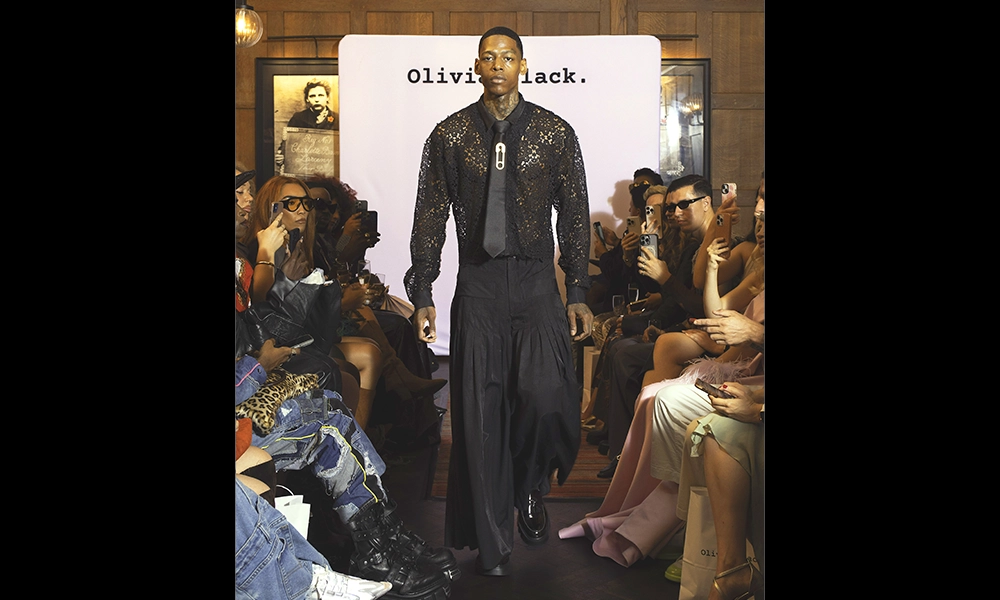
inspiration in the skyline
Olivia works from her studio in an 11th floor flat in Bermondsey that she shares with her partner, taking inspiration from its views.
The couple had their first date in Greenwich Park before setting up home in Maze Hill.
“When we moved to Bermondsey, we wanted to find somewhere with similar views,” said Olivia.
“We overlooked Canary Wharf and the Isle Of Dogs and, when we’ve had low points, because we’re at the start of our careers, we’ve been able to look out over London and realise there’s so much out there.
“It gives you faith that something is going to come, that we’ll get the jobs we need, that we’ll meet the person we need to connect with and that we’ll stay optimistic.
“We’ve found having that skyline has really kept us both going – it’s a privilege to be able to look out over it and think: ‘It’s all out there, I just need to find it’.”
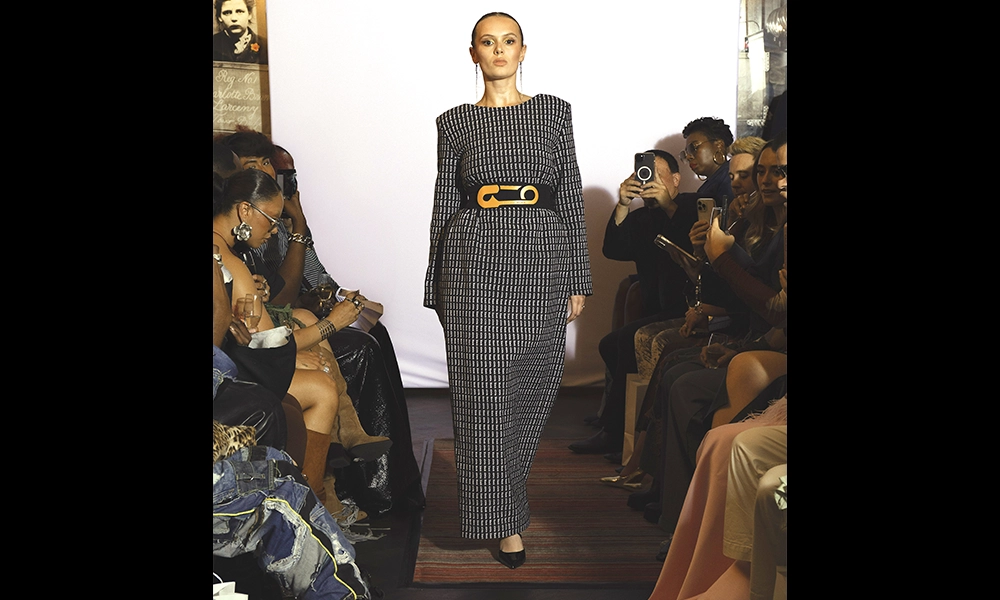
key details: Olivia Black
Olivia Black’s pieces are available to buy online.
To find out more about the brand or to place an order, visit the designer’s website here.
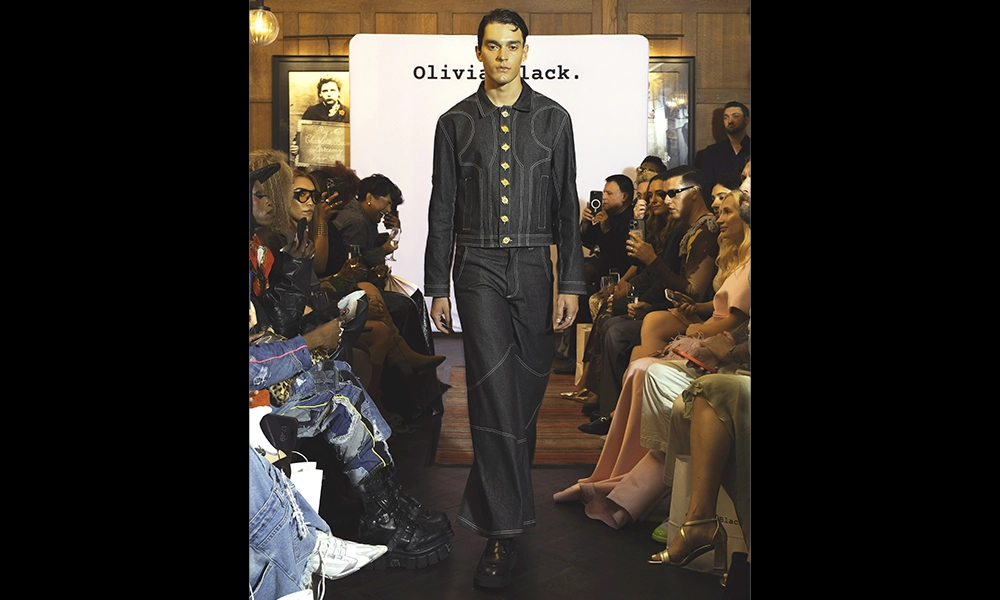
Read more: Crate opens bar and pizzeria at Wood Wharf as brand expands beyond Hackney Wick

